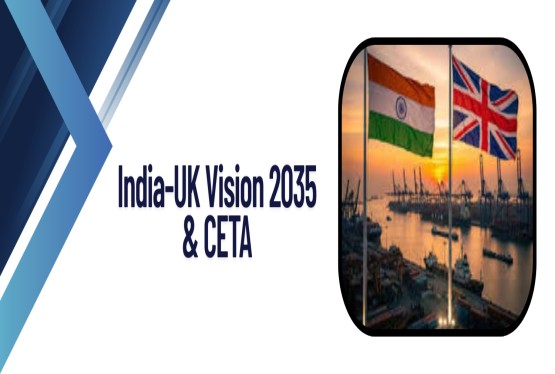The Indian government has taken a decisive step to boost the electric vehicle (EV) sector by notifying detailed guidelines under the Scheme to Promote Manufacturing of Electric Passenger Cars in India (SPMEPCI). This scheme was first officially announced on March 15, 2024, by the Ministry of Heavy Industries (MHI). The objective is to encourage domestic production of electric passenger cars, positioning India as a global hub for EV manufacturing and helping the country advance toward its net-zero emissions target by 2070.
The Indian government promotes electric passenger car manufacturing through incentives like FAME II, PLI schemes, and tax benefits. However, manufacturers must also obtain EPR registration for battery waste, EPR Registration for plastic waste, and EPR Registration for e-waste management to ensure environmental compliance, as mandated under CPCB guidelines before starting operations in India.
India’s Green Mobility Push Latest News
The latest announcement underlines India’s determination to become a leader in green mobility. According to the Ministry of Heavy Industries, the SPMEPCI scheme offers attractive benefits, such as reduced import duties, to global EV companies that commit significant investments into setting up manufacturing operations in India. This scheme is particularly timely as many global automakers explore international expansion in the EV space.
Interestingly, the Union Heavy Industries Minister pointed out that while Tesla, a global EV giant, is not presently interested in manufacturing vehicles within India, the company has shown interest in setting up showrooms and expanding its market presence here. This highlights the government’s efforts to not only bring in foreign investment but also push for local production, which will create jobs and strengthen local supply chains.
Key Highlights of the Scheme to Promote Manufacturing of Electric Passenger Cars in India (SPMEPCI)
The Guidelines to Promote Manufacturing of Electric Passenger Cars in India outline several important components that make the scheme appealing and strong.
One key highlight is the reduction of import duties. Under the scheme, approved companies can import up to 8,000 electric four-wheeler (e-4W) units per year at a significantly lower customs duty rate of 15%. This is a sharp reduction from the prevailing import duty rates, which typically range between 70% and 100%. This lower duty rate will apply for a period of five years from the date of the application approval, giving manufacturers ample time to test the market and ramp up local production.
However, the benefit applies only to Completely Built Units (CBUs) that have a minimum Cost, Insurance, and Freight (CIF) value of $35,000. This ensures that only premium and high-quality vehicles are eligible, which aligns with the government’s vision of promoting advanced automotive technology.
Investment Mandate
To be eligible for the scheme, companies must commit to a minimum investment of Rs. 4,150 crore. This requirement ensures that only serious and financially capable players enter the Indian market under this scheme.
The investment must cover specific components, such as:
-
Setting up new plant, machinery, equipment, and associated utilities.
-
Engineering Research and Development (ER&D) activities that foster innovation and local capability.
-
Construction of new buildings, capped at 10% of the total committed investment.
-
Charging infrastructure, limited to 5% of the committed investment.
Importantly, land costs are excluded from the eligible expenditure, ensuring that the focus remains on productive investments that directly contribute to the growth of the EV ecosystem. Manufacturing operations must begin within three years from the date of application approval. This timeline keeps applicants accountable and ensures that the scheme delivers tangible results within a reasonable period.
Domestic Value Addition (DVA) Requirements
-
One of the major objectives of the Guidelines to Promote Manufacturing of Electric Passenger Cars in India is to strengthen the domestic value chain. As such, the scheme imposes Domestic Value Addition (DVA) requirements on approved companies.
-
Applicants must achieve a minimum of 25% domestic value addition within the first three years from the date of approval. This means that at least one-quarter of the components, materials, and labor involved in manufacturing must come from local sources.
-
Further, within five years, companies must ramp up domestic value addition to at least 50%. This ensures that the long-term impact of the scheme is not just limited to assembly or superficial manufacturing but builds deep, local manufacturing capacity that supports Indian suppliers, engineers, and workers.
Safeguard and Compliance Mechanisms
To ensure companies follow through on their commitments, the scheme has established strong safeguard mechanisms. Each applicant must provide a Bank Guarantee from a scheduled commercial bank in India. This guarantee must cover either the total customs duty that would be forgone under the scheme, capped at Rs. 6,484 crore per applicant, or Rs. 4,150 crore, whichever is higher.
This Bank Guarantee must remain valid at all times throughout the duration of the scheme. This mechanism serves as a financial safeguard to protect the government’s interests and ensures that companies do not merely take advantage of reduced import duties without delivering on their investment and manufacturing promises.
Eligibility Criteria for Applicants
To qualify under the Guidelines to Promote Manufacturing of Electric Passenger Cars in India, companies must meet specific eligibility criteria.
-
The applicant or its global group must have a minimum global revenue of Rs. 10,000 crore derived from automotive manufacturing activities. This ensures that only large and financially stable companies are eligible, reducing the risk of project failures.
-
The applicant or its group companies must demonstrate a global investment in fixed assets of at least Rs. 3,000 crore. This additional criterion further reinforces the focus on financially strong entities with proven manufacturing experience, ensuring the scheme attracts serious and capable players.
Application Process
The application window for the scheme is expected to open soon, most likely in June 2025. The Ministry of Heavy Industries has kept the window flexible, allowing it to be opened as needed until March 15, 2026. This provides multiple opportunities for companies to prepare their proposals and apply.
Each applicant is required to pay a non-refundable application fee of Rs. 5,00,000 at the time of submission. This fee helps cover administrative costs and ensures that only genuinely interested applicants come forward.
Schemes for Advancing India’s EV Ecosystem
The Guidelines to Promote Manufacturing of Electric Passenger Cars in India do not stand alone. Several complementary government schemes work in tandem to build a robust EV ecosystem in the country.
For example, the PM Electric Drive Revolution in Innovative Vehicle Enhancement (PM E-DRIVE) Scheme, launched on September 29, 2024, incentivizes the sale of electric two-wheelers, three-wheelers, trucks, ambulances, and buses. It also supports the development of charging infrastructure and upgrading vehicle testing agencies.
Another important initiative is the Production Linked Incentive Scheme for Automobile and Auto Component Industry (PLI-Auto), approved on September 15, 2021. This scheme is designed to enhance India’s manufacturing capabilities for advanced automotive technology products.
The PLI Scheme for Manufacturing Advanced Chemistry Cells (ACC), approved on May 12, 2021, aims to establish a cumulative ACC battery manufacturing capacity of 50 gigawatt-hours (GWh). This capacity is important for supporting the growing demand for EV batteries, ensuring local production, and reducing reliance on imports.
The FAME-II (Faster Adoption and Manufacturing of Hybrid and Electric Vehicles in India) scheme was introduced to promote the domestic manufacturing of electric vehicles and their assemblies, sub-assemblies, and components. By focusing on increasing domestic value addition, FAME-II strengthens the local supply chain.
Finally, the PM e-Bus Sewa-Payment Security Mechanism (PSM) Scheme aims to deploy more than 38,000 electric buses, significantly expanding India’s clean public transportation network.
Conclusion
The Guidelines to Promote Manufacturing of Electric Passenger Cars in India represent a development initiative in the country’s journey toward sustainable mobility and clean energy. By offering reduced import duties in exchange for substantial local investment, the scheme aims to attract global EV manufacturers, strengthen domestic supply chains, and generate employment. This initiative is an impprtant part of India’s broader efforts to achieve net-zero emissions by 2070. It aligns with the national goals of economic growth, environmental protection, and technological advancement. By combining the SPMEPCI scheme with other complementary initiatives like PM E-DRIVE, PLI-Auto, and FAME-II, the government is building a complete and resilient ecosystem for electric mobility.
If you have any queries, then you can connect with Compliance Calendar LLP experts through email at info@ccoffice.in or Call/Whatsapp at +91 9988424211.
FAQs
Q1. What is the main purpose of the Scheme to Promote Manufacturing of Electric Passenger Cars in India (SPMEPCI)?
Ans. The main purpose of the scheme is to attract global electric vehicle (EV) manufacturers to invest in India by offering them reduced import duties on electric passenger cars in return for setting up local manufacturing facilities. This aligns with India’s goals of boosting domestic production, generating employment, and achieving net-zero emissions by 2070.
Q2. How much investment is required under the scheme?
Ans. Approved applicants must commit a minimum investment of Rs. 4,150 crore. This investment can be used for setting up new plants, machinery, equipment, research and development, new buildings (up to 10% of the investment), and charging infrastructure (up to 5% of the investment). Land costs are excluded from eligible expenditure.
Q3. What are the import duty benefits offered under the scheme?
Ans. The scheme allows approved companies to import up to 8,000 completely built electric four-wheeler (e-4W) units annually at a reduced customs duty rate of 15%, compared to the usual 70-100% rate. This benefit is available for five years from the date of application approval and applies only to CBUs with a minimum CIF value of $35,000.
Q4. What are the domestic value addition (DVA) requirements?
Ans. Companies must achieve at least 25% domestic value addition within three years of approval and 50% within five years. This ensures that a significant portion of manufacturing inputs, components, and processes come from Indian sources, strengthening the local value chain.
Q5. Who is eligible to apply under this scheme?
Ans. Applicants must have a global automotive manufacturing revenue of at least Rs. 10,000 crore and global fixed asset investments of at least Rs. 3,000 crore. These criteria ensure that only established and financially capable companies can participate.
Q6. How long will the application window remain open?
Ans. The application window is expected to open in June 2025 and will remain open as needed until March 15, 2026. Companies will need to pay a non-refundable application fee of Rs. 5,00,000 when submitting their application.
Q7. How does this scheme fit into India’s broader EV strategy?
Ans. The SPMEPCI scheme complements other initiatives like PM E-DRIVE, PLI-Auto, and FAME-II, which aim to enhance electric mobility, battery manufacturing, and the development of charging infrastructure. Together, these schemes form a comprehensive framework to make India a global hub for EV manufacturing and innovation.

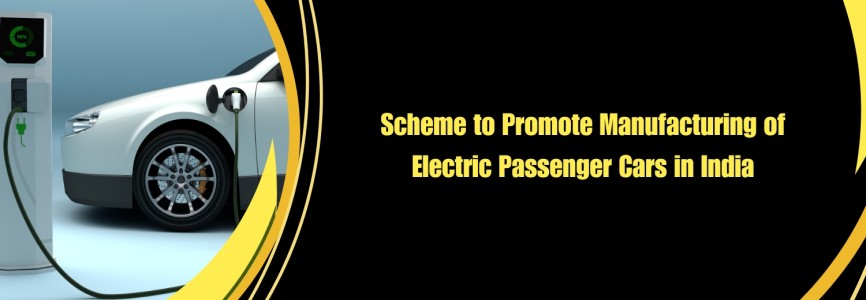










































































_crop10_thumb.jpg)







_Rules,_2025_learn_crop10_thumb.jpg)








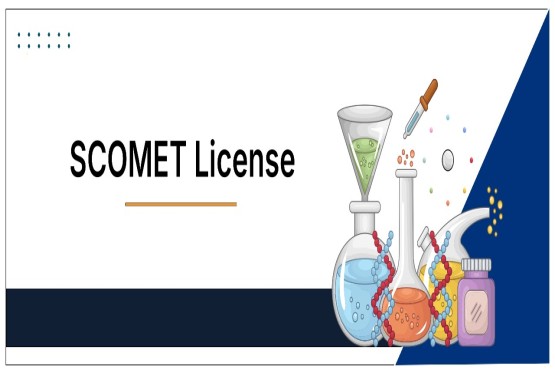



























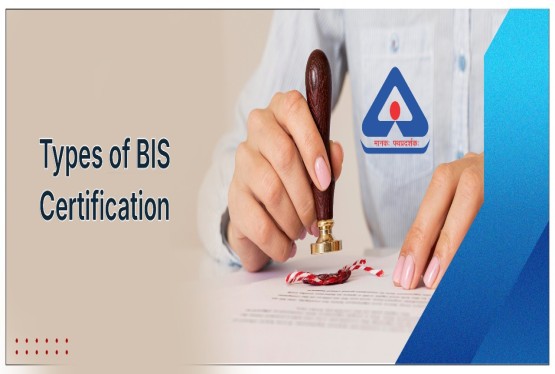

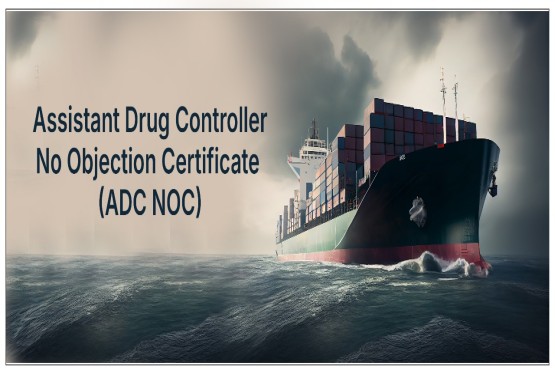

















































_crop10_thumb.jpg)








 in BIS FMCS_learn_crop10_thumb.jpg)










_crop10_thumb.jpg)















_crop10_thumb.jpg)





_Code C-888_learn_crop10_thumb.jpeg)
_learn_crop10_thumb.jpg)
































































_Certificate_learn_crop10_thumb.jpg)

_Certificate_(1)_crop10_thumb.jpg)















_learn_crop10_thumb.jpg)

_crop10_thumb.jpg)


















_Scheme_learn_crop10_thumb.jpg)


_learn_crop10_thumb.jpg)





